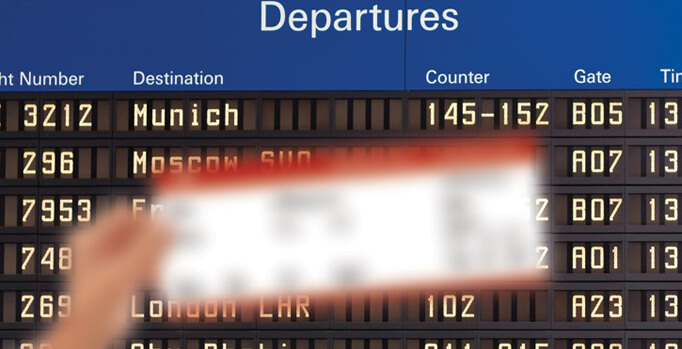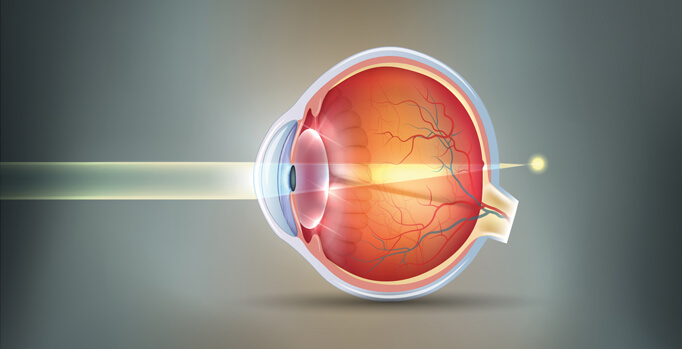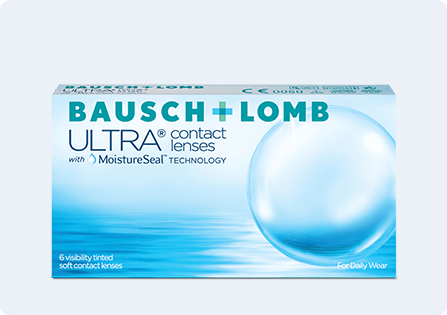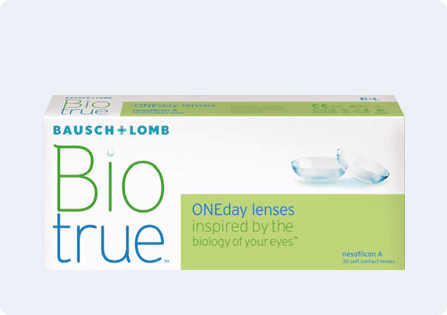Vision Correction
Longsightedness (Hyperopia)
A person with long-sightedness or hyperopia will see more clearly in the distance, but close objects or near vision tasks will be more blurry.

What is Longsightedness (Hyperopia)?
A person with long-sightedness or hyperopia will see more clearly in the distance, but close objects or near vision tasks will be more blurry. With higher levels of hyperopia, vision can be blurry for near and far objects.
Refractive Error
To understand conditions such as hyperopia, it is important to understand how the eye normally sees. As light enters the eye, it will bend or ‘refract’ when it passes through the cornea and the crystalline lens. When an eye can see clearly at all distances, it means that light has been refracted to a sharp focus point on the retina.


What causes long-sightedness?
Long-sightedness or hyperopia happens when the eye is shorter than normal. This shape causes images to be focused behind the retina, rather than on it.
Hyperopia can affect children and adults alike and in a lot of cases it is inherited. Young children may even grow out of it as the shape of the eyes change as they get older. Young adults who remain long-sighted often don’t realise their condition because they have enough flexibility in focusing power from the crystalline lens, however if they perform a lot of near vision tasks, they may be at risk of eye strain. This is one of the reasons why it is important to have regular sight tests, at least every two years.
Symptoms of Longsightedness
Symptoms can vary with hyperopia as the eyes can naturally compensate to a degree.
These include:
- Blurry vision at close distances
- Difficulty in focusing
- Eye strain
- Headaches
Treatments for Longsightedness
A sight test will determine to what degree of hyperopia exists. Since it occurs when images are focused behind the retina, it is corrected when images are refocused onto the retina. During a sight test, the optometrist will place a series of lenses in front of the eye until a clear focus is obtained. This will eventually produce a prescription measured in diopters, and for hyperopia, it will have a positive value. Treatment options then can be:
- Spectacles– The most common treatment for hyperopic eyes. Curved or convex shaped spectacle lenses placed in front of the eye will refocus the light back on to the retina to produce a sharp focus
- Contact lenses– These come in a variety of materials and designs to suit almost every shape of eye. Also gas permeable lenses can help correct many complex prescriptions
- Refractive Surgery– Changes the shape of a small section of the front surface of the cornea in order to correct hyperopia. These procedures use laser technology and there are different methods available that will suit different prescriptions
These symptoms can also be a sign of other eye conditions. If you have any of the symptoms, please check with your eye care practitioner.




